In recent years, the idea of consuming placenta after childbirth has gained attention, especially among new mothers exploring natural postpartum recovery methods. One such trend that has sparked both curiosity and controversy is the placenta smoothie recipe. This unique practice involves blending small portions of the placenta with fruits and other nutrient-rich ingredients to create a smoothie that some claim supports hormonal balance, boosts energy levels, and aids in recovery.
While it may sound unconventional, the concept of placentophagy (eating the placenta) isn’t entirely new. In many cultures and alternative medicine circles, the placenta is believed to carry vital nutrients like iron, vitamin B6, and hormones that might be beneficial after childbirth. Turning it into a smoothie is considered one of the most palatable ways to consume it minimizing the taste while maximizing potential health benefits.
Whether you’re a curious mother exploring holistic postpartum remedies or simply researching emerging wellness trends, understanding the placenta smoothie recipe can provide insight into both the cultural significance and health perspectives of this practice. In this article, we’ll explore the process, potential benefits, and important safety considerations involved in making and consuming placenta smoothies.

- 🧬 What Is a Placenta Smoothie?
- 🌿 Why Do People Drink Placenta Smoothies?
- 🛡️ Is It Safe to Consume Your Placenta?
- 🍓 Ingredients Commonly Used in Placenta Smoothie Recipes
- 🥣 Step-by-Step Placenta Smoothie Recipe
- 🧠 Placenta Smoothie vs. Placenta Encapsulation: What’s Better?
- 🧪 Scientific Perspective: What Does Research Say?
- 🧼 How to Handle and Store Placenta Safely
- 👩⚕️ Should You Try a Placenta Smoothie?
- 🌍 Cultural History of Placenta Consumption
- 🧬 Nutritional Value of the Placenta
- 🚫 Risks and Side Effects to Consider
- 🧊 How to Freeze Placenta for Later Use
- 🥤 Tasty Placenta Smoothie Variations to Try
- 📷 How to Document the Process (If You Want To)
- 👩⚕️ How to Talk to Your Doctor About Placenta Consumption
- 🧃 Alternative Postpartum Smoothies (Without Placenta)
- 📋 Checklist: Preparing for a Placenta Smoothie
- 👩🍳 DIY Placenta Smoothie Kit: What You Need
- 📈 Google Trends: Rising Interest in Placenta Smoothies
- 💬 Placenta Doulas and Certified Encapsulation Specialists
- 🧾 Legal and Hospital Policy Considerations
- 🎓 What Experts Say: Nutritionists and Midwives Weigh In
- 💡 Tips to Mask the Taste of Placenta in a Smoothie
- 🧘♀️ Emotional Healing: The Symbolic Power of Consuming Your Placenta
- 🎥 Viral TikTok & Instagram Trends: Are Placenta Smoothies the New Postpartum Craze?
- 👶 Is There a Difference Between a First and Subsequent Placenta Smoothie?
- 🧪 How Much Placenta Should You Add Per Smoothie?
- 📚 Placenta Smoothie in Literature and Pop Culture
- 📞 Placenta Collection Services: What to Know Before Birth
- ⚖️ Ethical & Vegan Concerns Around Placenta Smoothies
- 🌱 Can Placenta Smoothies Be Paired With Herbal Remedies?
- 📦 Placenta Smoothie Subscription or Service Models
- Placenta Smoothie Recipe From DishBloom!
- Conclusion
- FAQs: Placenta Smoothie Recipe
- 💬 Share Your Twist!
🧬 What Is a Placenta Smoothie?
A placenta smoothie is a blended beverage made using a portion of the placenta along with fruits, juices, and sometimes herbs or supplements. It’s typically prepared soon after childbirth and consumed as part of postpartum recovery. The idea behind this recipe is to make placenta consumption more palatable and nutritious, while also delivering a natural energy boost.
🌿 Why Do People Drink Placenta Smoothies?
Many women turn to placenta smoothies for their potential health benefits. Supporters believe that consuming the placenta can:
- Replenish iron lost during childbirth
- Stabilize hormones and reduce postpartum depression
- Boost milk production
- Increase overall energy
While scientific evidence is limited, anecdotal experiences and alternative health practitioners continue to promote its use in holistic postpartum care.
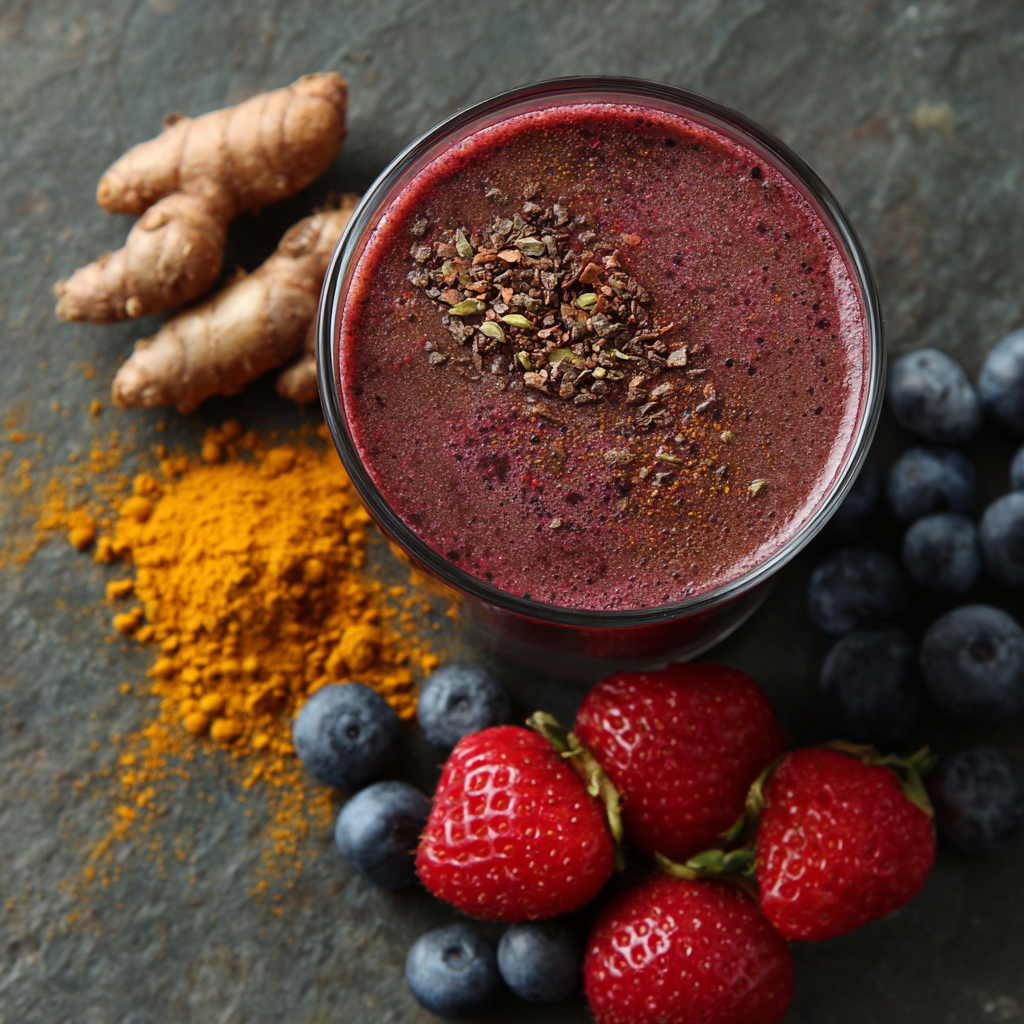
🛡️ Is It Safe to Consume Your Placenta?
Safety depends heavily on proper preparation and hygiene. The placenta must be:
- Handled with sterile tools
- Properly cleaned and chilled
- Consumed within 24–48 hours or frozen safely
Women with infections, complications during delivery, or certain medications should avoid placentophagy. Always consult a doctor or certified encapsulation specialist before trying a placenta smoothie recipe.
🍓 Ingredients Commonly Used in Placenta Smoothie Recipes
To mask the flavor and improve the texture, most recipes combine the placenta with:
- Fresh berries (strawberries, blueberries, raspberries)
- Banana for sweetness and creaminess
- Orange or apple juice
- Coconut water or almond milk
- Ice cubes for thickness
Only a small piece (1–2 inches) of raw placenta is typically used per smoothie.
🥣 Step-by-Step Placenta Smoothie Recipe
Ingredients:
- 1-inch raw placenta cube (cleaned and chilled)
- 1 ripe banana
- 1/2 cup mixed berries
- 1/2 cup orange juice
- 1/4 cup Greek yogurt (optional)
- 1 tsp honey (optional)
- Ice cubes
Instructions:
- Add all ingredients to a high-speed blender.
- Blend until smooth and creamy.
- Drink immediately or refrigerate for up to 24 hours.
🧠 Placenta Smoothie vs. Placenta Encapsulation: What’s Better?
While smoothies offer immediate nutrient absorption, placenta encapsulation involves dehydrating and powdering the placenta into capsules. Some women prefer smoothies for faster effects, while others opt for capsules for convenience and long-term use. Both methods are popular among new mothers and should be approached with informed consent.
🧪 Scientific Perspective: What Does Research Say?
Current research is inconclusive. Some studies suggest placebo effects or minimal nutrient value post-cooking or freezing. Major health organizations, including the CDC and FDA, do not endorse placentophagy due to potential infection risks. Still, many midwives and holistic practitioners stand by its anecdotal benefits.
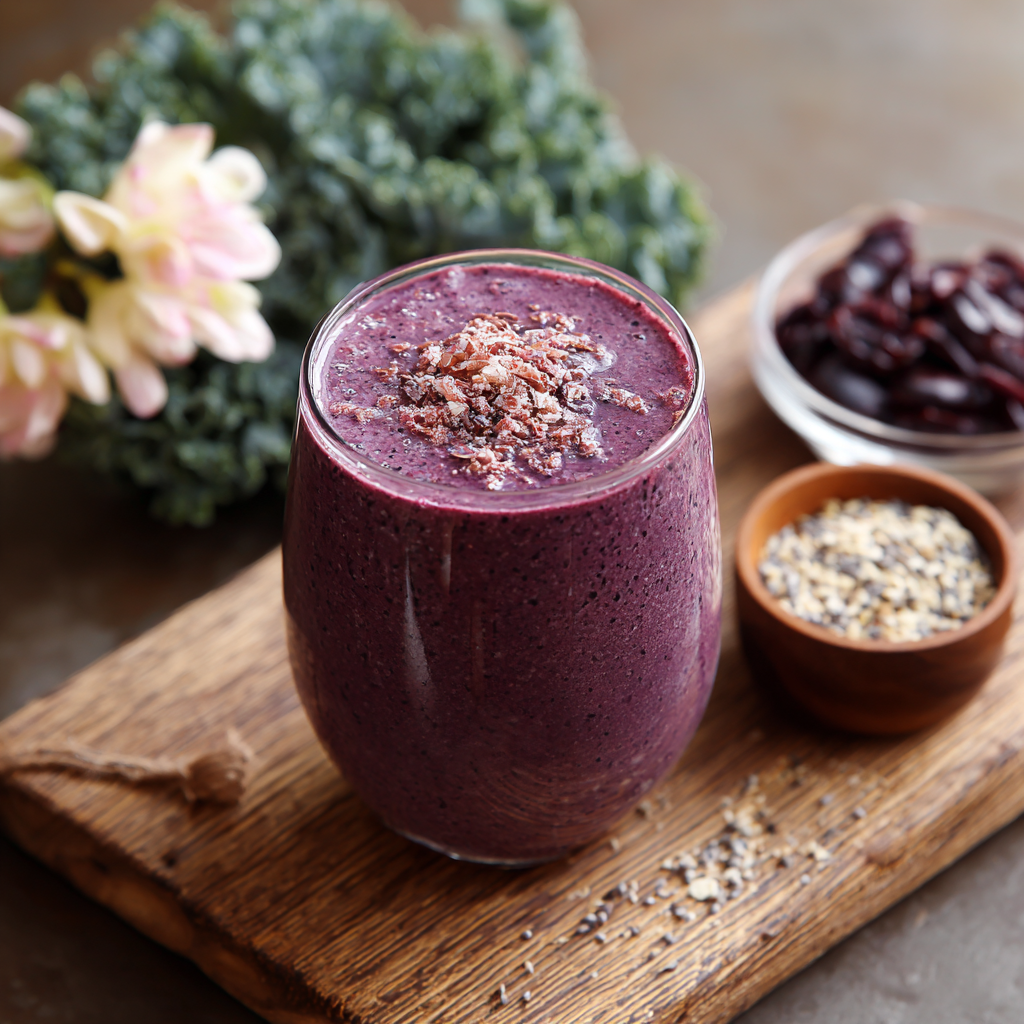
🧼 How to Handle and Store Placenta Safely
If planning to make a smoothie:
- Use clean, sterilized tools
- Chill the placenta immediately after birth
- Store in an airtight container in the refrigerator or freezer
- Consume within 24–48 hours (if fresh) or up to 6 months (if frozen)
👩⚕️ Should You Try a Placenta Smoothie?
Choosing to try a placenta smoothie recipe is deeply personal. It’s essential to weigh the emotional, cultural, and physical aspects—and speak with your healthcare provider. If you value natural remedies and have proper support, it could be a meaningful part of your postpartum journey.
🌍 Cultural History of Placenta Consumption
Placentophagy, or the practice of eating the placenta, isn’t a new concept. It has roots in various indigenous and traditional cultures. For example:
- In Traditional Chinese Medicine, placenta (called “zi he che”) is dried and used as a remedy.
- Some African and Native American tribes historically used placenta for spiritual or medicinal rituals.
Today, modern holistic wellness circles in the West have revived this practice through capsules, tinctures, and placenta smoothies.
🧬 Nutritional Value of the Placenta
The human placenta is rich in:
- Iron: Helps replenish blood loss post-birth
- Vitamin B6 and B12: Supports energy and brain function
- Oxytocin: Known as the “bonding hormone”
- Corticotropin-releasing hormone (CRH): May aid in reducing postpartum depression
However, the bioavailability of these nutrients after processing or freezing is still debated in scientific literature.
🚫 Risks and Side Effects to Consider
Before trying a placenta smoothie, be aware of potential risks:
- Bacterial contamination (especially if not handled or cleaned properly)
- Heavy metal accumulation (the placenta filters toxins during pregnancy)
- Hormonal overload (can disrupt recovery in some cases)
- Foodborne illnesses
The CDC advises caution and recommends strict hygiene protocols if consuming the placenta.

🧊 How to Freeze Placenta for Later Use
If you’re not ready to consume it immediately:
- Rinse and pat dry the placenta.
- Cut into small, smoothie-sized cubes.
- Store in sterile, labeled freezer bags or containers.
- Freeze at -18°C (0°F) or lower.
- Use within 6 months for optimal freshness.
🥤 Tasty Placenta Smoothie Variations to Try
To improve flavor and customize the recipe, try these variations:
- Tropical Boost: Placenta + mango + pineapple + coconut water
- Berry Bliss: Placenta + blueberry + banana + almond milk
- Green Goddess: Placenta + spinach + kiwi + green apple juice
- Protein Power: Placenta + protein powder + oats + peanut butter
Always keep the placenta portion small to maintain the smoothie’s taste.
📷 How to Document the Process (If You Want To)
Some new mothers choose to share their placenta journey:
- Take photos of the preparation (tastefully and respectfully)
- Keep a postpartum wellness journal
- Note emotional and physical changes post-consumption
Whether shared privately or publicly, documenting your placenta smoothie experience can be empowering.
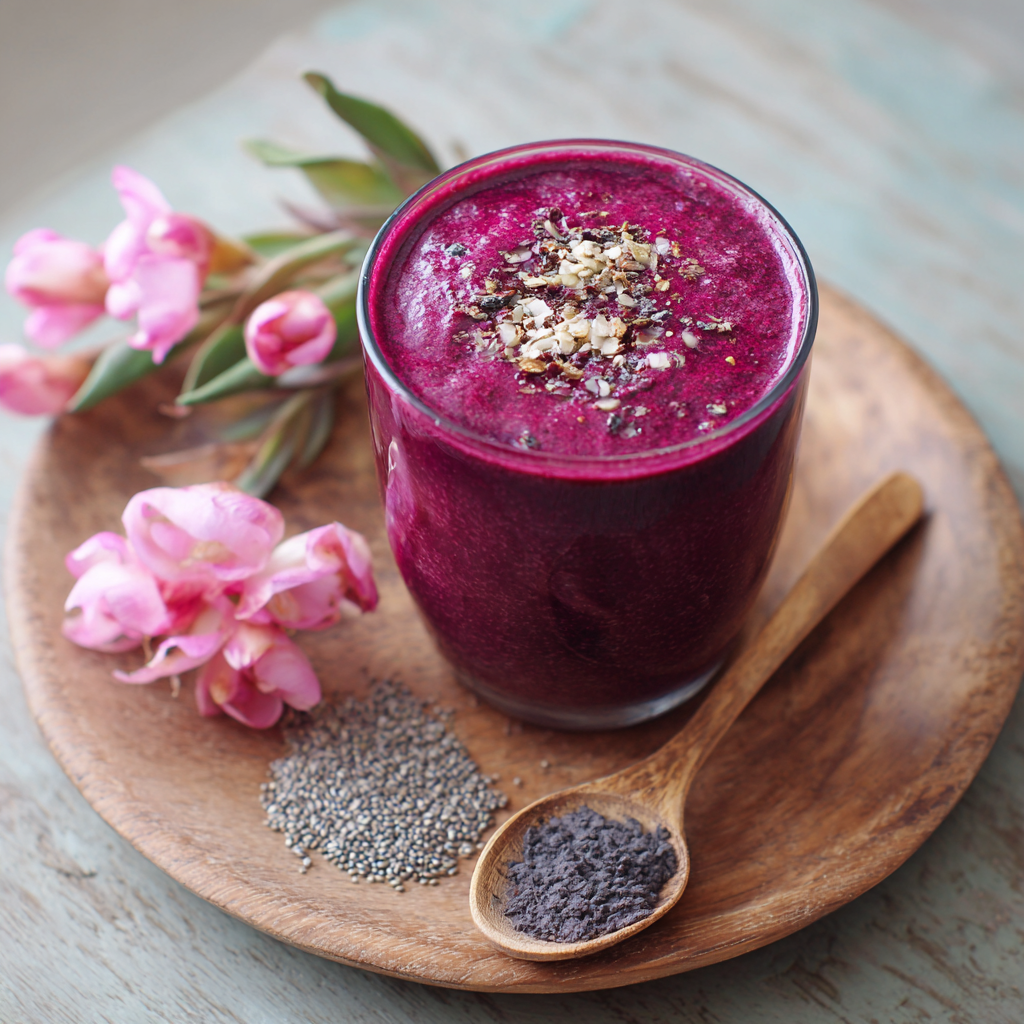
🤰 When Not to Consume Placenta
Avoid placenta smoothies if:
- You had an infection during labor (e.g., Group B Strep)
- Your placenta was sent to a lab or disposed of by the hospital
- You’re taking medications that could accumulate in the placenta
- You experience nausea, dizziness, or cramps post-consumption
Always consult your doctor before consumption, especially if complications occurred during childbirth.
🔍 Real Experiences: What Moms Are Saying
Many mothers report:
“I felt more energized and balanced during my first week postpartum after drinking the smoothie.”
Others remain skeptical:
“I couldn’t get past the idea, even with fruit and honey added. It’s just not for me.”
These testimonials show the deeply personal nature of trying a placenta smoothie recipe—it’s not a one-size-fits-all experience.
👩⚕️ How to Talk to Your Doctor About Placenta Consumption
Before trying a placenta smoothie, it’s crucial to discuss your plan with a qualified healthcare provider. Topics to cover include:
- Any risk factors during delivery (e.g., infection, preeclampsia)
- Medication exposure during pregnancy
- Safe handling and storage
- Signs of adverse reactions
A respectful, evidence-informed conversation helps you make a decision that aligns with both your health and personal values.
🧃 Alternative Postpartum Smoothies (Without Placenta)
Not everyone feels ready to consume placenta. Here are nourishing alternatives:
- Iron-rich smoothie: Spinach, beetroot, banana, chia seeds
- Lactation booster: Oats, flaxseed, almond milk, dates
- Hormonal balance blend: Maca root, blueberries, Greek yogurt, coconut oil
These blends support postpartum recovery with nutrients similar to those found in the placenta.
📋 Checklist: Preparing for a Placenta Smoothie
If you plan to consume your placenta:
Notify your birth team or midwife early
Have sterile storage containers ready
Plan refrigeration or freezing logistics
Keep a blender and fresh fruits at home
Create a safe, hygienic space for prep
Follow up with your doctor postpartum
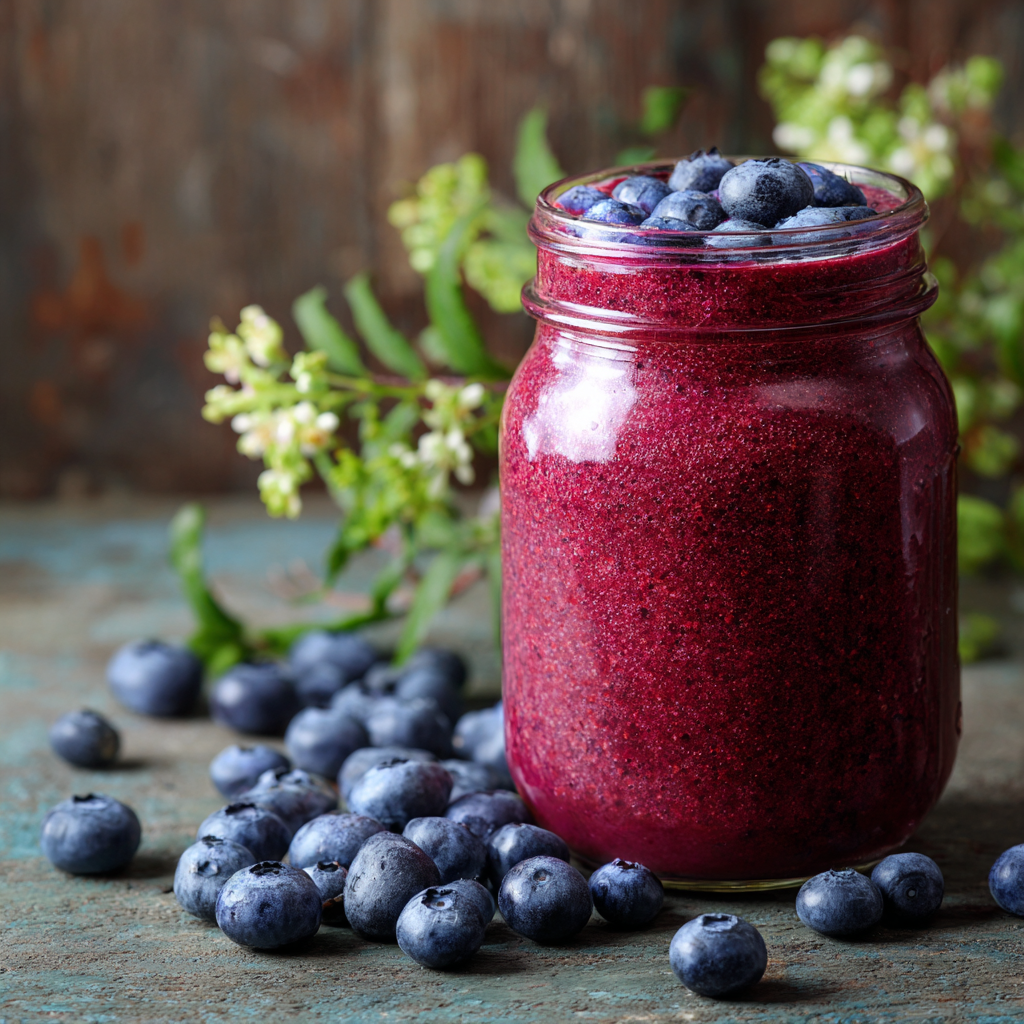
👩🍳 DIY Placenta Smoothie Kit: What You Need
You can create a placenta smoothie kit for personal use or even a small business. Essentials include:
- High-speed blender
- Freezer-safe containers
- Cutting board & gloves
- Labels & date markers
- Fresh organic fruit (bananas, berries, mango)
- Raw honey or natural sweetener (optional)
- Educational handout on preparation and safety
This kit allows mothers to make their smoothie safely and with minimal stress.
🧴 Placenta in Modern Wellness: Smoothies, Capsules, and Cosmetics
Besides smoothies, placenta is used in:
- Encapsulation: Dehydrated and turned into pills
- Tinctures: Preserved in alcohol for long-term use
- Skincare: Found in creams and serums, especially in Korean beauty products
Each method serves different needs. Smoothies are often chosen for immediate post-birth recovery.
📈 Google Trends: Rising Interest in Placenta Smoothies
Over the past 5 years, search volume for terms like “placenta smoothie benefits” and “DIY placenta smoothie recipe” has increased globally. Countries showing rising interest include:
- United States
- Canada
- Australia
- United Kingdom
This reflects a growing openness to alternative postpartum practices.
💬 Placenta Doulas and Certified Encapsulation Specialists
If you’re uncomfortable handling your placenta, consider hiring a specialist. Many birth doulas and certified encapsulators offer:
- Home visits for preparation
- Professional sanitization and packaging
- Recipe support and aftercare tips
They also ensure compliance with hygiene standards, minimizing health risks.
🧾 Legal and Hospital Policy Considerations
Before delivery, check with your hospital or birthing center:
- Some hospitals may require you to sign a release to take your placenta
- In rare cases, placentas are sent to pathology and cannot be released
- Transport and storage must meet medical-grade handling standards
Knowing your rights and the hospital’s policies avoids last-minute disappointments.
🎓 What Experts Say: Nutritionists and Midwives Weigh In
Nutritionists often emphasize caution, citing limited peer-reviewed evidence and potential safety concerns.
Midwives and holistic health coaches may recommend placenta smoothies as part of a broader postpartum care plan—especially when clients have low energy or iron levels.
Balanced perspectives from both fields help new mothers make empowered choices.
💡 Tips to Mask the Taste of Placenta in a Smoothie
Even a small amount of placenta may have a metallic or mineral-like aftertaste. To minimize this:
- Use citrus juice (orange, pineapple, lemon)
- Add frozen berries for intensity
- Include spices like cinnamon or ginger
- Blend with nut butter or cacao for richness
These hacks help create a smoothie that tastes fresh and fruity—not clinical.
🧘♀️ Emotional Healing: The Symbolic Power of Consuming Your Placenta
For many women, making a placenta smoothie is more than just a health choice—it’s a symbolic act of honoring the birth journey. Some see it as:
- A spiritual connection to the baby
- A way to reclaim the energy expended during labor
- A holistic act of self-love and renewal
This emotional layer adds depth to the practice, particularly among mothers practicing mindfulness, ancestral healing, or birth rituals.
🎥 Viral TikTok & Instagram Trends: Are Placenta Smoothies the New Postpartum Craze?
Social media has played a massive role in the visibility of placenta smoothies:
- Influencers share time-lapse videos making the smoothie
- #placentasmoothie has thousands of views on TikTok
- New moms vlog their postpartum journey, smoothie included
This visual storytelling has helped normalize a once-taboo topic and opened space for more honest postpartum health conversations.
👶 Is There a Difference Between a First and Subsequent Placenta Smoothie?
Some mothers report subtle differences between their first and second placenta smoothies, depending on:
- Size and health of the placenta
- Length of labor
- Nutritional or emotional depletion levels
Each experience is personal, and no two smoothies are quite the same. It’s about listening to your body and adjusting based on your recovery needs.
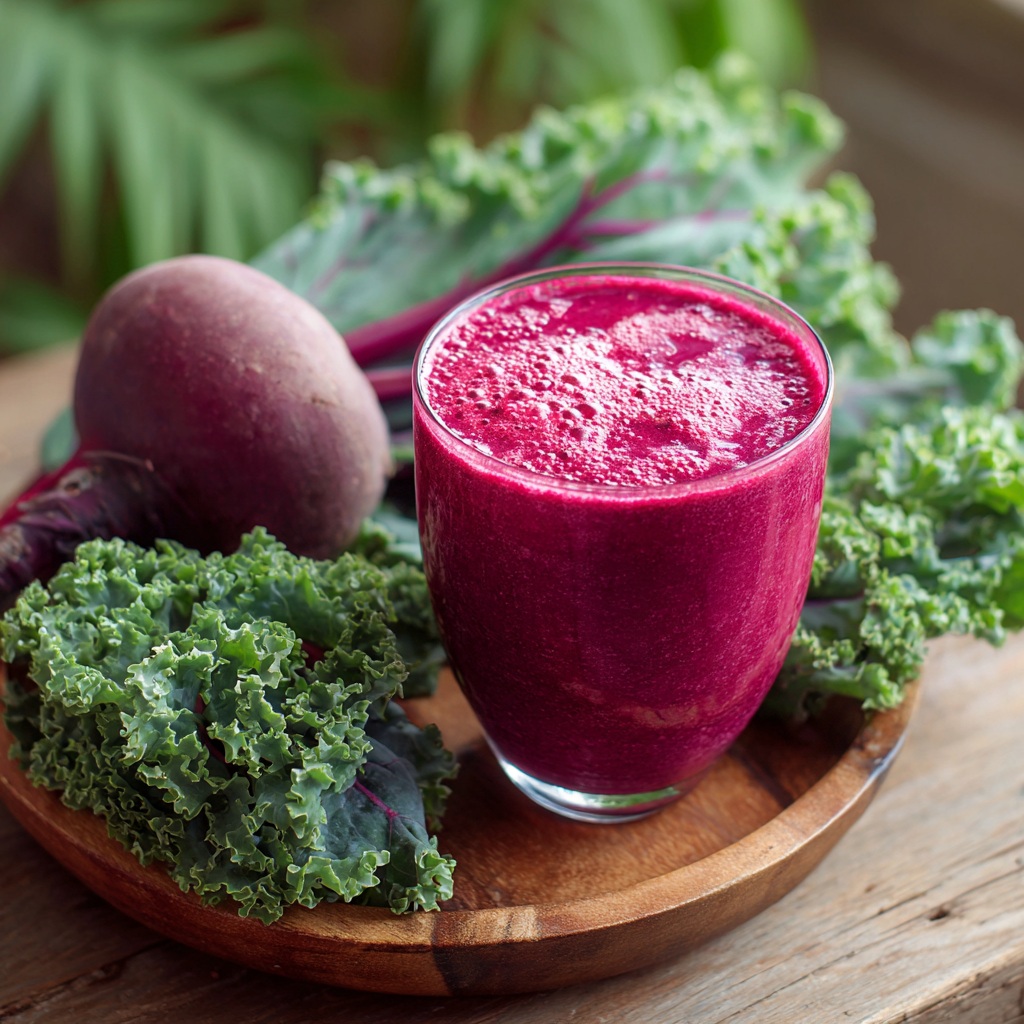
🧪 How Much Placenta Should You Add Per Smoothie?
Less is more when it comes to raw placenta. Recommended portion:
- 1–2 inch cube (~15–30g)
- Do not exceed one portion per day
- Always freeze additional cubes individually for future use
Too much may cause nausea, cramps, or hormonal overstimulation. It’s a nutrient supplement—not a main ingredient.
📚 Placenta Smoothie in Literature and Pop Culture
While not often directly mentioned, the concept of placental consumption appears in:
- Birth-centered documentaries
- Feminist literature discussing reclaiming the maternal body
- TV shows and movies that spark debate on taboo motherhood topics
Referencing these cultural moments can help contextualize this practice for skeptical or curious readers.
📞 Placenta Collection Services: What to Know Before Birth
In some cities, companies offer placenta collection right from the hospital. These services:
- Arrive within hours of delivery
- Offer coolers and sterile containers
- Deliver your placenta to your home or encapsulation facility
Ideal for those who want a hassle-free placenta smoothie experience without handling it themselves immediately after birth.
⚖️ Ethical & Vegan Concerns Around Placenta Smoothies
Technically, consuming your own placenta doesn’t conflict with most dietary lifestyles. But questions arise:
- Is it ethical to consume human tissue?
- Can someone who’s plant-based feel comfortable with it?
- What about cultural or religious dietary rules?
The answer is personal. Encourage readers to reflect on their values and consult with trusted spiritual or dietary advisors if unsure.
🌱 Can Placenta Smoothies Be Paired With Herbal Remedies?
Yes! Many women add postpartum-friendly herbs to enhance their smoothie:
- Ashwagandha for stress relief
- Moringa for lactation
- Fenugreek for hormonal support
- Turmeric for inflammation
Always consult a naturopath before mixing herbs and placenta to avoid potential interactions.
📦 Placenta Smoothie Subscription or Service Models
There’s a small but growing niche of:
- Doulas offering placenta smoothie services
- Online retailers selling smoothie prep kits
- Encapsulation experts offering add-on smoothie cubes
You could even affiliate or build a brand around placenta-based postpartum recovery products.
Placenta Smoothie Recipe From DishBloom!

Postpartum Placenta Smoothie
Equipment
- High-speed blender
- Sterile cutting board
- Freezer-safe storage containers (if prepping ahead)
- Measuring Cups & Spoons
- Knife
- Gloves (recommended for hygiene)
Ingredients
- 1 –2 inch piece of raw placenta cleaned, chilled or frozen
- 1 ripe banana
- 1/2 cup mixed berries blueberries, strawberries, raspberries
- 1/2 cup orange juice or coconut water
- 1/4 cup Greek yogurt optional for creaminess
- 1 tsp honey or maple syrup optional
- 4 –5 ice cubes
Instructions
- Prepare the placenta: Use only a small, clean portion. If frozen, thaw it slightly in the refrigerator.
- Add the placenta and all other ingredients into a high-speed blender.
- Blend on high for 30–60 seconds or until completely smooth.
- Taste and adjust sweetness or thickness as needed.
- Pour into a glass and consume immediately for best nutrient retention.

Notes
- Use gloves when handling the placenta for safety and hygiene.
- Do not exceed one placenta smoothie per day.
- This recipe is best consumed within 24–48 hours postpartum if using fresh placenta.
- You may freeze extra placenta pieces in sterile ice cube trays for future smoothies.
- Always consult your midwife or OB-GYN before consuming placenta, especially if complications occurred during delivery.

Conclusion
The journey into placenta smoothie recipes is deeply personal and rooted in both ancient traditions and modern wellness experimentation. While some mothers find comfort, healing, and renewed energy through this practice, others may be hesitant due to cultural, ethical, or safety concerns. There’s no one-size-fits-all answer but the option exists for those seeking holistic ways to honor the postpartum experience.
What’s clear is that placenta smoothies have sparked a global conversation about the postpartum body, recovery, and autonomy. With the right precautions like medical guidance, hygienic preparation, and emotional readiness this practice can be a meaningful part of your post-birth ritual. Whether consumed for potential nutrients or symbolic healing, it represents a powerful choice made by empowered mothers.
Ultimately, deciding to try a placenta smoothie is not just about blending ingredients it’s about blending instinct, research, and intention. As with any wellness trend, it’s important to stay informed, trust your body, and choose what aligns with your beliefs and well-being. If done with care, it might just be the nourishment your body and spirit needs after the miracle of birth.
FAQs: Placenta Smoothie Recipe
Placenta Smoothie FAQs
Is it safe to drink a placenta smoothie?
Placenta smoothies can be safe if the placenta is properly prepared, but always consult your healthcare provider first.
What does placenta taste like in a smoothie?
When blended with fruits and yogurt, placenta is usually masked and the smoothie tastes similar to a berry shake.
Can I freeze placenta for later use in smoothies?
Yes, placenta can be frozen in small portions for future smoothies, but it must be frozen promptly after birth and labeled carefully.
💬 Share Your Twist!
Have you tried making your own placenta smoothie recipe? Or do you have a unique variation using different fruits, herbs, or techniques? We’d love to hear how you personalized your postpartum smoothie experience!
👉 Share your version in the comments below or tag us on social media with #MyPlacentaSmoothieTwist.
Let’s build a community of open-minded, empowered mothers supporting each other—one smoothie at a time. 💕

